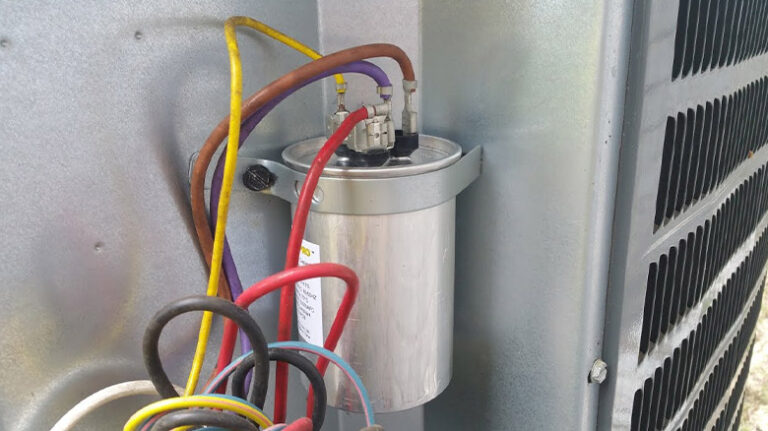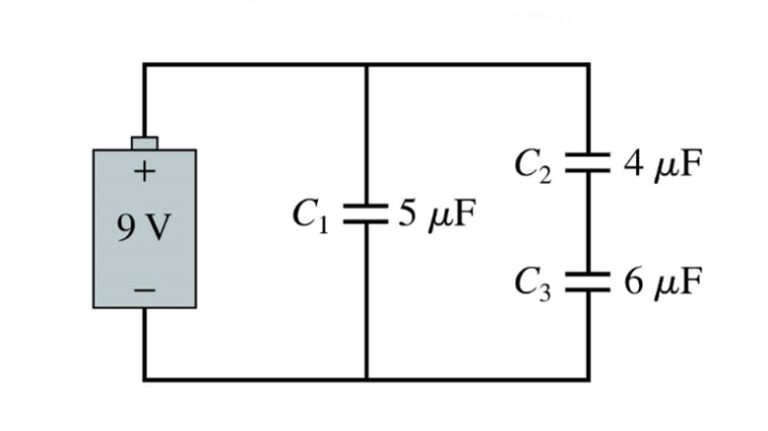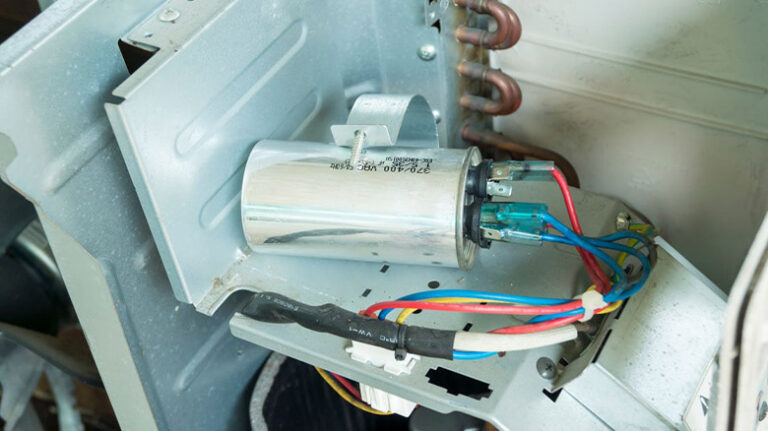How Long Do Electrolytic Capacitors Last | Lifespan of Capacitors
The service life of electrolytic capacitors is determined by their type. Design lifetimes of electrolytic capacitors can vary from as little as 1,000 hours to 10,000 hours or more. Storage conditions, temperature & humidity affect the shelf life of electrolytic capacitors to a greater extent.
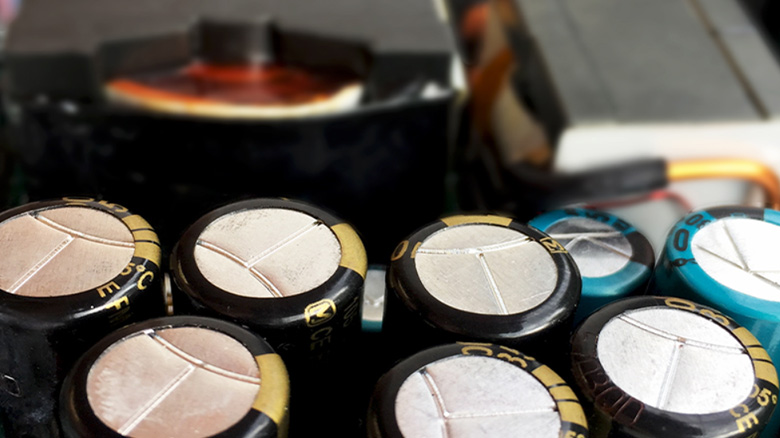
The pace of chemical reactions is determined by the storage temperature of particular capacitors, such as aluminum electrolytic capacitors. Aluminum electrolytic capacitors held at high temperatures lose capacitance more quickly than those stored at low temperatures.
How Long Do Electrolytic Capacitors Last?
De-rating estimates or graphs based on research and field testing are frequently provided by electrolytic capacitor manufacturers. These calculations are not given in the component datasheet, but rather in a separate capacitor characteristics paper. The lifetime of capacitors can be evaluated by their characteristics.
Moisture accelerates the oxidation of lead wires/terminals in capacitors. Terminal oxidation reduces solderability and lifetime of capacitors. It is critical to examine the receipt time of a capacitor before utilizing it. Some capacitors must be reformatted after being stored for a lengthy period without being recharged.
Which Factors Affect the Lifetime of Electrolytic Capacitors
The factors that affect the lifetime of electrolytic capacitors are illustrated below:
Dissipation Factor
The datasheet for the B41888 gadget indicates that “tan” may increase by a factor of three over the lifespan. Tan is the dissipation factor or the ratio of ESR to capacitive reactance; it is not to be confused with the loss tangent.
Ripple Current
The lifespan figure assumes full ripple current operation. However, this informative graph for an 8 mm diameter capacitor may also be found in the datasheet:

Capacitor Operating Voltage
When the working voltage is lower than the maximum rated voltage, you can get a reasonable increase in longevity. The most conservative estimate is that when the component is run at 50% of its rated voltage, its lifespan doubles.
Temperature
For every 10°C increase in temperature, the reaction rate doubles. That means that for every 10°C decrease in temperature, the lifetime doubles, so a capacitor rated at 5,000 hours at 105°C would have a service life of 10,000 hours at 95°C and 20,000 hours at 85°C.
Humidity
Lack of proper storage causes the capacitor to come in contact with air and humidity. This results in the oxidization of electrolytic capacitors. Thus the lifetime of that capacitor gets reduced.
The lifetime of Various Types of Electrolytic Capacitors
Different capacitors provide service with different durability. Let’s dive in-
Aluminum Electrolytic Capacitors
Aluminum electrolytic capacitors are typically utilized in applications requiring high capacitance values. They are often utilized in switching power supplies for filtering applications. These capacitors determine the useful life of such gadgets. They have a longer shelf life than their predecessors, usually approximately 2 years.
Tantalum Capacitors
Tantalum capacitors have a long lifespan. When these capacitors are stored for an extended period, their electrical characteristics are not greatly altered. Tantalum capacitors are more stable than aluminum electrolytic capacitors, and their capacitance does not decrease over time.
Ceramic Capacitors
Ceramic capacitor shelf life is highly influenced by packaging method and storage conditions. Unlike aluminum electrolytic capacitors, the dielectric material of multilayer ceramic capacitors (MLCCs) does not fail after a short period of storage. Hence the shelf life of ceramic capacitors is more than the others.
Do Electrolytic Capacitors Wear Out?
Electrolytic capacitors used in power supplies and other circuits may no longer measure at their precise values as they age, resulting in hum in power supplies. They can also inflate out, indicating that they are damaged and must be replaced. The higher the working voltage, the more likely this is.
Manufacturers are also more likely to use the voltage that the cap will see rather than leaving a 20-50 percent over-voltage capability for safety and lifespan. As a result, many flat-screen TV power supplies fail.
How to Calculate the Lifetime of Electrolytic Capacitors?
The lifetime of electrolytic capacitors can be calculated from the following expression:
Lifeactual = Lifebase × Temperature factor × Voltage Factor × Current Factor
Lifeactual & lifebase are the life expectancy at the operating and rated temperature, voltage, and current respectively.
20.1 (Tm-Tc) is the temperature factor. Tm is the rated temperature, while Tc is the operating temperature.
The voltage factor is derating due to the operating voltage being lower than the maximum rated voltage.
The current factor is derating due to the operating current being lower than the maximum rated current.
Do Electrolytic Capacitors Dry Out?
Capacitors can go bad for a variety of reasons. Many of them simply pass away from old age. The most typical electrolytic capacitors include three layers: a metal foil layer, a paper insulator, and a liquid electrolyte. When a capacitor fails due to age, it’s usually because the electrolyte has dried out.
There are no visible signals from the outside when this occurs. However, when you test the capacitor outside of the circuit, you will notice that it no longer functions as it did when it was fresh. When it deviates too much from its original qualities, other components fail because the capacitor is no longer performing the same role.
Frequently Asked Questions
Can capacitors last 40 years?
For good capacitors kept cold, 40 years is not uncommon, however, some may have significant ESR. Typically, it is not a catastrophic failure, but rather an increase in ESR (equivalent series resistance) when the electrolyte dries up.
Conclusion
All electrolytic capacitors have a bad reputation for being unstable and having a short lifespan. This reputation is warranted if only the rated lifespan is considered, although the operating conditions are frequently far more favorable than the quoted ones.

![[Answered] What Is The Shelf Life Of Capacitors?](https://www.electronicstalk.org/wp-content/uploads/2023/12/What-Is-The-Shelf-Life-Of-Capacitors-768x431.webp)
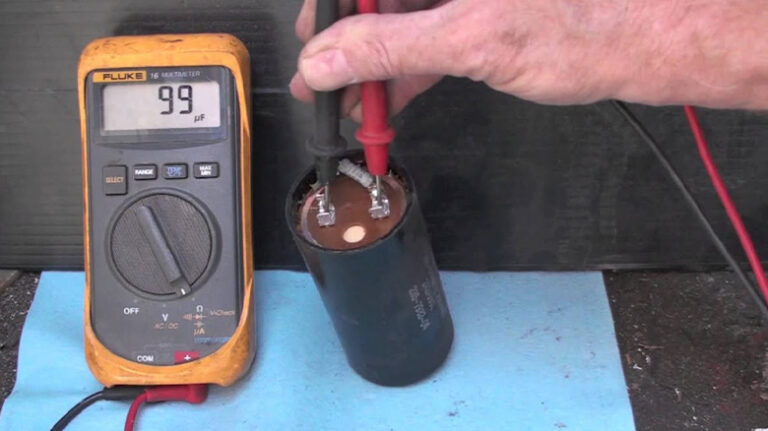
![Can I Replace a 16V Capacitor With an 25V Capacitor? [7 Comparison Aspects Explained]](https://www.electronicstalk.org/wp-content/uploads/2023/07/Can-I-Replace-a-16V-Capacitor-With-a-25V-Capacitor-768x431.webp)
